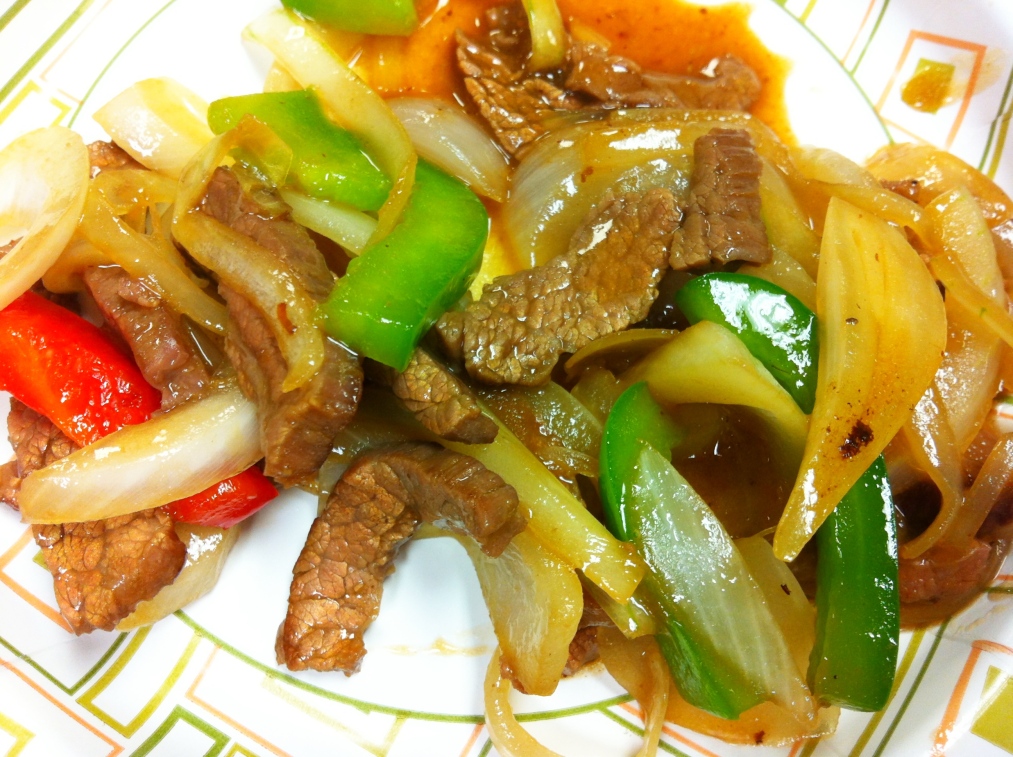Let me begin this post by saying I am very, very far from mastering the art of Chinese cuisine. My experience with Asian food began at the tender age of five going to pseudo-Japanese steakhouses and filling up on so much fried rice that I could not get my wee body out of the pseudo-stool I was pseduo-sitting on.
That sentence felt very intellectual.
Moving on.
However, a dear friend of mine recently invited myself and a few others to accompany her to a “Authentic Chinese Stir Fry” class at a local cooking store. Slightly intimidated by my lack of skills with a wok and/or chopsticks, but intrigued my love of the aforementioned fried rice, I pressed on.
What I found was absolutely delightful. Not only is stir fry easy (well, Susan made it seem that way), it was tasty and quick. And to help all of you out there who might feel threatened by the sight of a hand-hammered wok, I have listed below my top 5 tips I learned while at the class.
Top 5 Stir Fry Tips
1. You need a wok to stir-fry correctly. Yes, I said wok. Not pan, not cast iron skillet. I thought I could get away with using my oversize non-stick pan and forcing as many items as possible inside. It turns out you can’t because the oil has to get hot enough (thus the word stir-fy) to cook the ingredients properly. Also, apparently I am violating health codes by attempting to get my nonstick pan that hot.
2. Smoking oil is burnt oil. I did not know this. In my mind, the steam coming off of oil in a pan seemed like something I would see in a magazine spread. When you stir fry, you want your oil simmering, not smoking. Simmering– it just sounds so romantic.
3. Organization is key. Make sure all of your ingredients are pre-chopped and ready on your counter in the order they need to go into the pan. This helps the stir-fry process flow a lot more smoothly and allows you to avoid the “WHERE THE HECK IS MY SOY SAUCE!!” epidemic/panic common to cooks in small kitchens. Yes, this should be a diagnosed disorder.
4. Don’t crowd the pan. I learned to cook the meat/thicker veggies first, take it or them out to rest, then put it/them back in at the end with your sauce. Do not, like me, try to cook everything at once. Your veggies will steam and relase juice into your pan, and your ingredients will not have the chance to caramelize and get crispy. Thus the watery mess I had experienced with my former non-stick situation.
Side note: If you use mushrooms in your stir fry, also cook those separately and add them in at the end of your cooking. They have the ability to release a ton of water and turn your saucy stir fry into a watery stir fry. This is not good eats. (Insert your best Alton Brown imitation here.)
5. Use shallow serving platters to serve your stir-fry. When you pile your golden goodness into a big bowl, the heaviness of the bowl takes out some of the juices. It is best to use a wide, shallow pan, and serve it immediately.
Extra tip: Japanese soy sauce is different than Chinese soy sauce. Chinese is darker and has more molasses, thus making it tastier. Please impress your other foodie friends with this fact.
And, to go out in a blaze of stir-fry glory, we also learned about a local Chinese foods store if anyone wants to take a trip and get their own stir-fry a wokkin’.




